Table of Contents
Directions (1-5): Table given below shows population of two cities in five different years. Study the data carefully & answer the follow questions.
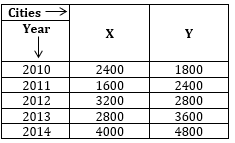
Q1. Population of city Y is 2014 is what percent more the population of city X in 2012?
(a) 50%
(b) 40%
(c) 60%
(d) 55%
(e) None of these
Q2. Male population of city X in 2013 is 33⅓% more than female population of city X in 2013. Find the difference b/w male population & female population city of X in 2013?
(a) 350
(b) 360
(c) 380
(d) 400
(e) 420
Q3. Total population of X and Y in 2011 divided into three categories i.e., male, female & transgender in the ratio 7 : 5 : 4. Find the difference b/w the male population & female population in 2011.
(a) 450
(b) 500
(c) 480
(d) 420
(e) 250
Q4. Average population of city Y in five year is how much more than the average population of city X in five years.
(a) 280
(b) 250
(c) 270
(d) 240
(e) 300

Q6. In how many ways, can the letters of the word ‘ATTEMPT’ be arranged?
(a) 980
(b) 840
(c) 520
(d) 780
(e) None of these
Q7. A 240-meter-long train crosses a platform twice its length in 2 minutes. What is the speed of the train?
(a) 8 m/s
(b) 4 m/s
(c) 6 m/s
(d) Cannot be determined
(e) None of these
Q8. Simple interest on a sum for 4 years at 7 p.c.p.a. is Rs 3360. What would be the compound interest compounded annually on the same amount of money for 2 years at 5 p.c.p.a. ?
(a) Rs 1200
(b) Rs 1872
(c) Rs 960
(d) Rs 1320
(e) Rs 1230
Q9. Average age of 36 children of the class is 15 years. 12 more children joined whose average age is 16 years. What is the average age of all the 48 children together?
(a) 15.25 years
(b) 15.5 years
(c) 15.3 years
(d) 15.4 years
(e) None of these
Q10. If a number is reduced by 40% it becomes two-third of another number. What is the ratio of the first number to the second number?
(a) 10 : 9
(b) 8 : 9
(c) 9 : 8
(d) 9 : 10
(e) None of these
Directions (11-15): What will come in the place of the question mark (?) in the following number series?
Q11. 5, 12, 26, 47, 75, ?
(a) 100
(b) 115
(c) 105
(d) 110
(e) 125
Q12. 6, 4, 6, 16, 72, ?
(a) 566
(b) 586
(c) 588
(d) 576
(e) 592
Q13. 28, 32, 40, ?, 88, 152
(a) 58
(b) 56
(c) 54
(d) 52
(e) 60
Q14. 26, 63, 124, 215, ?, 511
(a) 336
(b) 326
(c) 342
(d) 348
(e) 356
Q15. 6, 8, 18, 56, 226, ?
(a) 1132
(b) 1224
(c) 986
(d) 1056
(e) None of these
Practice More Questions of Quantitative Aptitude for Competitive Exams:
Solutions
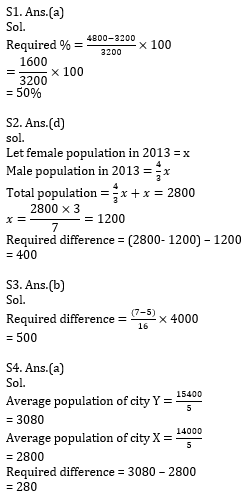
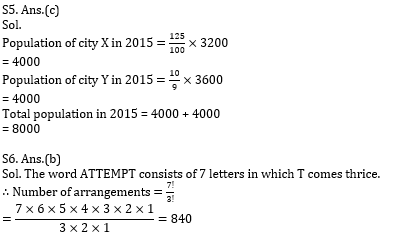
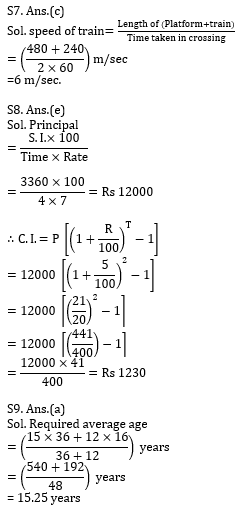
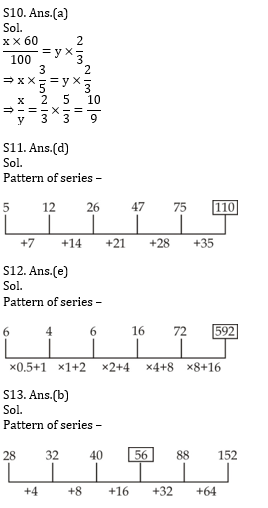
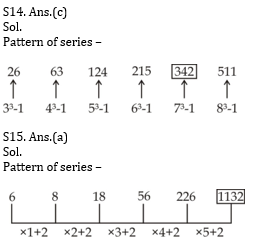
Practice with Crash Course and Online Test Series for IBPS Clerk Prelims 2020:
- Bank Maha Pack (1 Year Validity)
- IBPS Clerk Prime Online Test Series 2020 by Adda247
- Complete IBPS 2020 exams Video Course

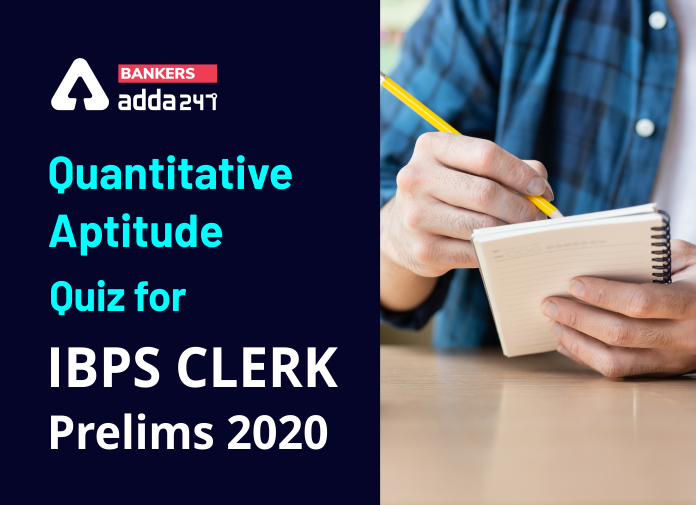


 GA Capsule for SBI Clerk Mains 2025, Dow...
GA Capsule for SBI Clerk Mains 2025, Dow...
 The Hindu Review October 2022: Download ...
The Hindu Review October 2022: Download ...
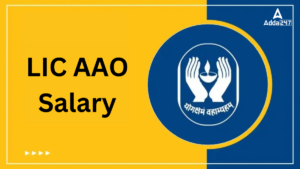 LIC AAO Salary 2025, Revised Structure, ...
LIC AAO Salary 2025, Revised Structure, ...





